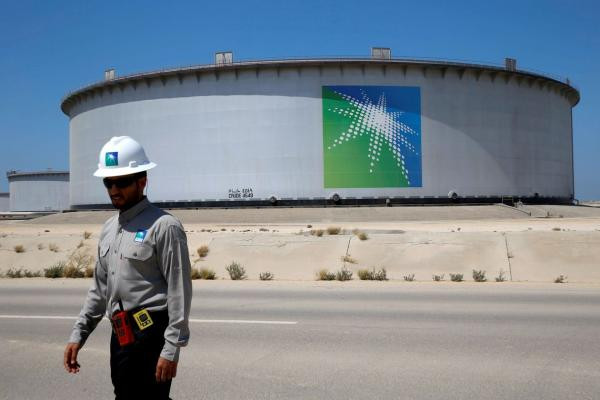Experts are saying that Saudi Arabia's act of doubling its Chinese oil exports this year while cutting by nearly two-thirds its US exports is just short-term tactics coupled with long-term strategy.
TankerTrackers.com, an online service that tracks oil tankers and shipments based on ships' identification systems and satellite imagery, says that this July, Saudi Arabia exported to China 1,802,788 barrels per day (bpd) a far cry from the 921,811 bpd in August of 2018.
Exports to the U.S. in July were 262,053 bpd close to a 62% decrease from its 687,946 bpd in August of 2018.
One of the reasons why China is receiving more oil now is because it chose to do business with Saudi Arabia over the Islamic Republic.
Likewise, US had a shale oil revolution which made it the largest oil producer at the end of 2018.
However, industry experts say that the number of bpd to China is just a long-term strategy for the Saudis coupled with short-term tactics.
Though commodity research at commodities analytics firm ClipperData's number on the bpd is different from TankerTrackers' because of different tracking methods, there' still a 60% lowering of US imports of Saudi crude from October 2018 to July 2019.
Matt Smith, director of ClipperData says that Saudi Arabia learned that they get a better price by "cutting flows to the largest, most transparent and most timely market" which is the US.
Antoine Halff, co-founder of energy market analytics firm Kayrros agrees.
While talking about the coordinated production cut that the Organization of Petroleum Exporting Countries (OPEC) and its members did to stop falling oil prices, Smith says that controlling flows to the US was to bring down inventories "and they are employing the same tactic once again" by sending more crude to the most opaque market, China.
Before satellite imagery gave transparency on global stocks, the market had traded on weekly US numbers, "a benchmark that everybody watches" according to Halff.
Halff added that this "goal of impacting the US stock metric seems to remain very real for OPEC in general and the Kingdom in particular."
This is what's different with China. Its data isn't visible and there is no established benchmark of Chinese stocks unlike that of the US, Halff notes.
Halff said that producers are "less concerned about building Chinese stocks than building U.S. or OECD (Organization for Economic Cooperation and Development) stocks in terms of what that may signal to the market."
"In the current low oil price climate" with the world's largest oil importer being happy to up its Saudi crude purchases" makes the Chinese "very savvy and astute buyers."






